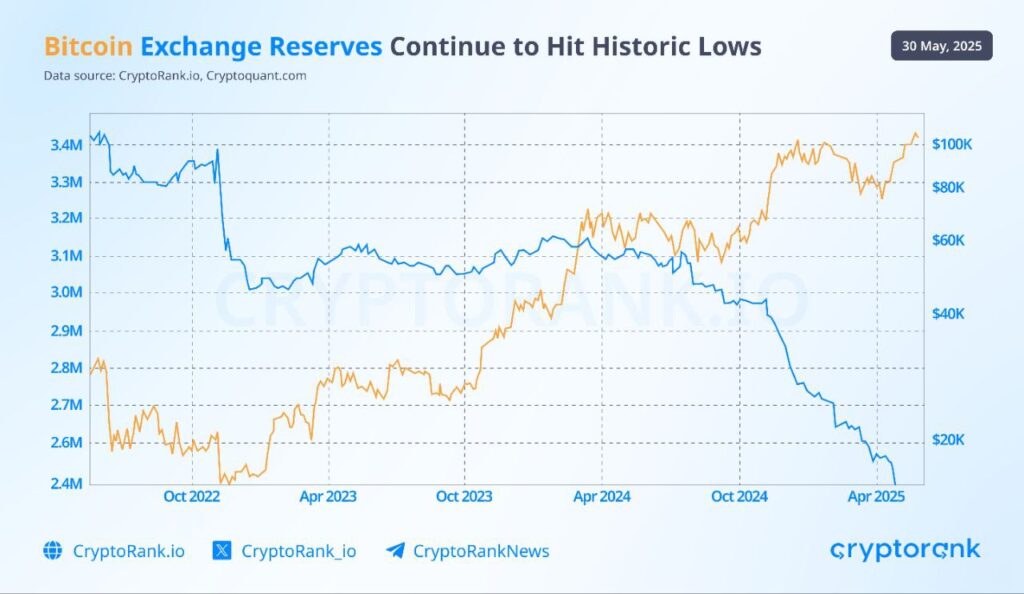The trend is clear. Bitcoin continues to flow out of centralized exchanges, reaching some of the lowest reserve levels ever recorded. This movement suggests a shift in market behavior, one that reflects growing confidence among long-term holders.
On-chain data confirms that more investors are moving their BTC to self-custody wallets, away from trading platforms. Historically, these withdrawals have been a sign of accumulation. When Bitcoin is transferred to cold storage, it usually means the owner is not planning to sell anytime soon.
This behavior indicates a change in the investor profile. It is not just speculative traders anymore. What we are seeing is a strategy used by long-term participants who prioritize security and preservation over quick profits. They are planning for the future, not reacting to the moment.
Whale activity has also increased. These large holders, capable of moving thousands of BTC at once, are often ahead of market cycles. Their movements serve as early indicators of sentiment shifts. When whales accumulate quietly, the market tends to follow.
There are also growing signs of institutional involvement. Major players, including private funds and possibly even state-level entities, appear to be entering the market. These institutions often choose non-custodial storage to reduce risk exposure, preferring to hold their assets outside of centralized exchanges.
This dynamic affects supply and demand. When available BTC on exchanges drops, the market becomes more sensitive to buy pressure. With fewer coins up for immediate sale, price movements can become more aggressive, especially when interest spikes.
For now, the message from the blockchain is consistent. Bitcoin is being pulled off the shelf and placed in vaults. Holders are not interested in selling. They are preparing to hold through whatever comes next.








